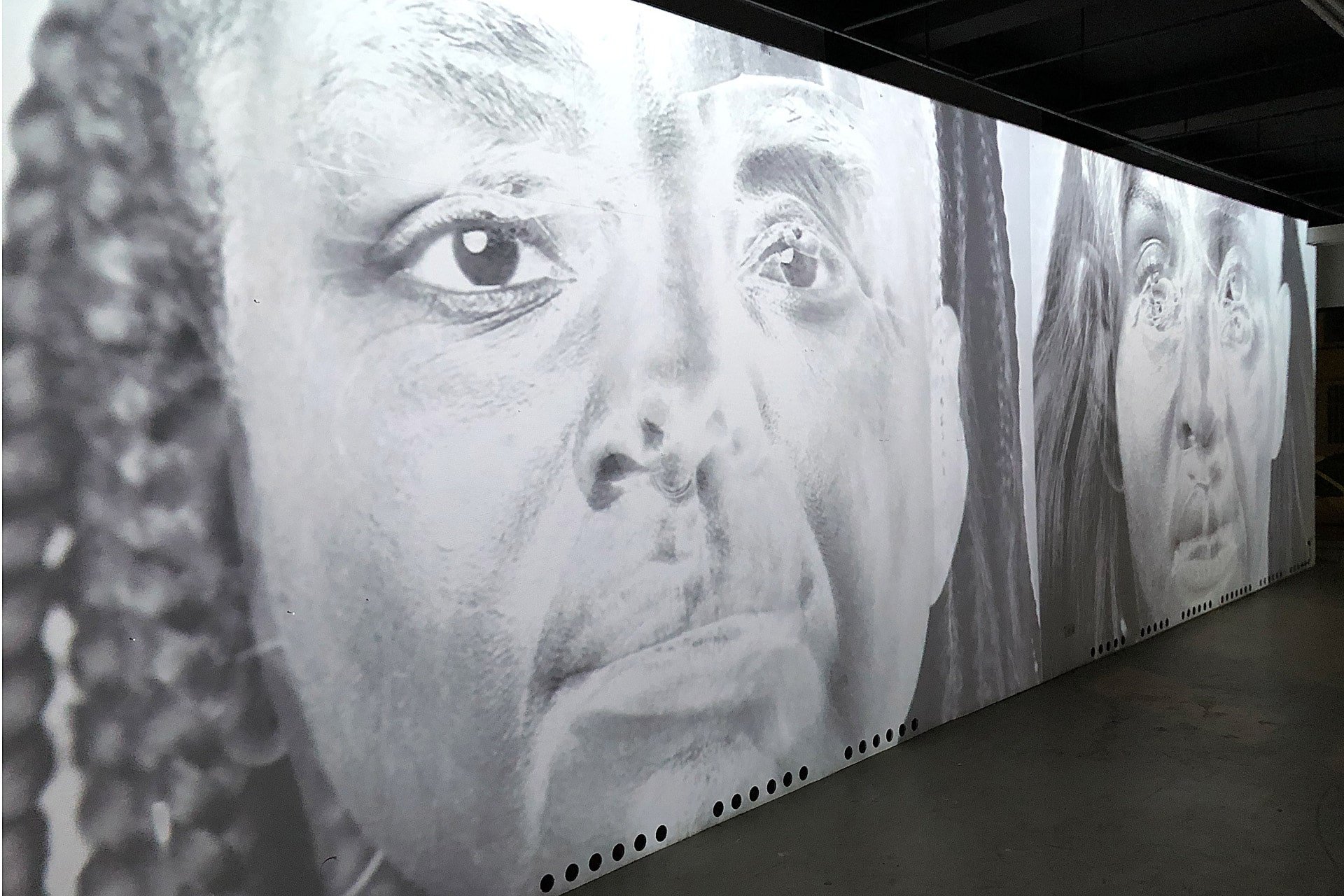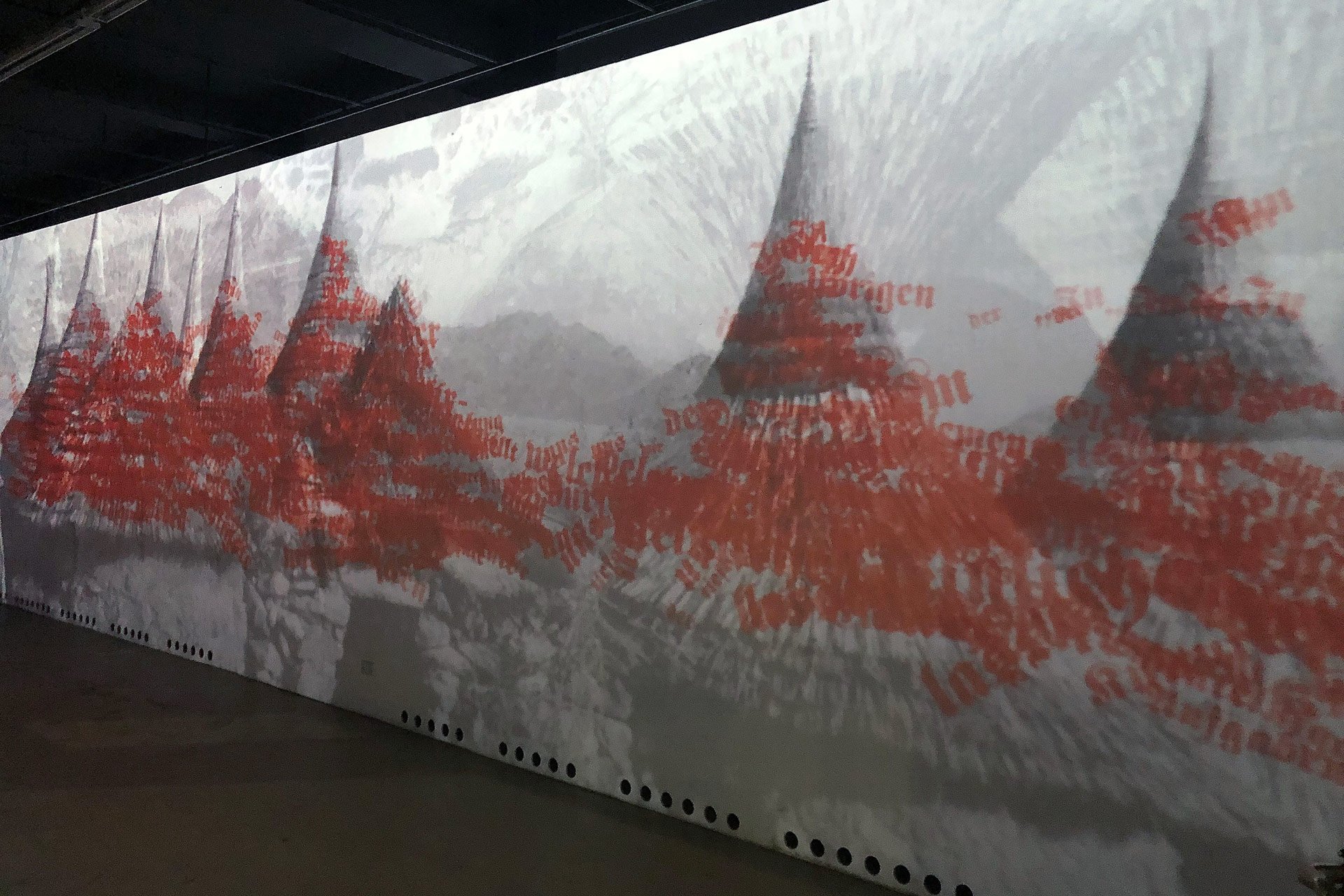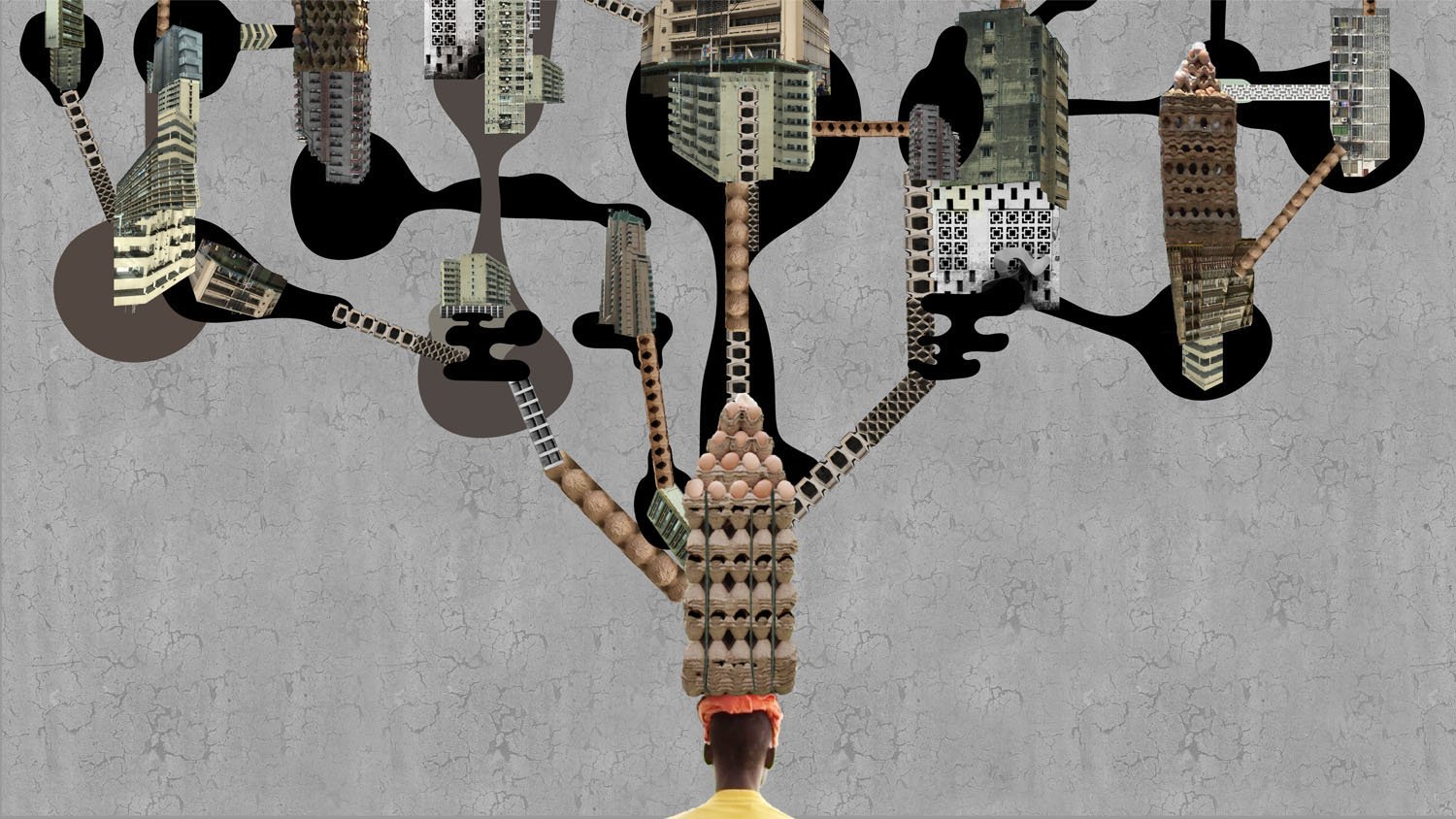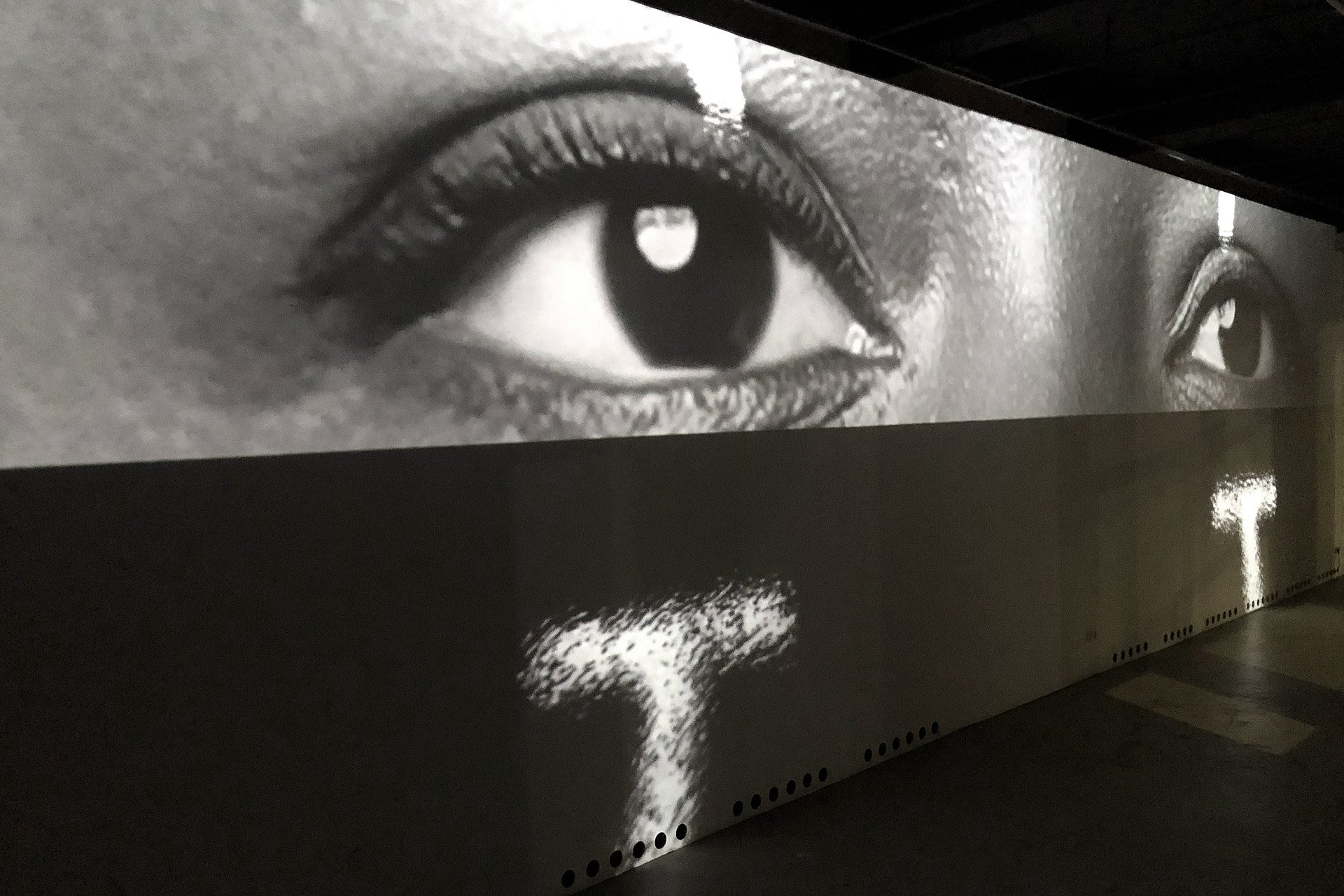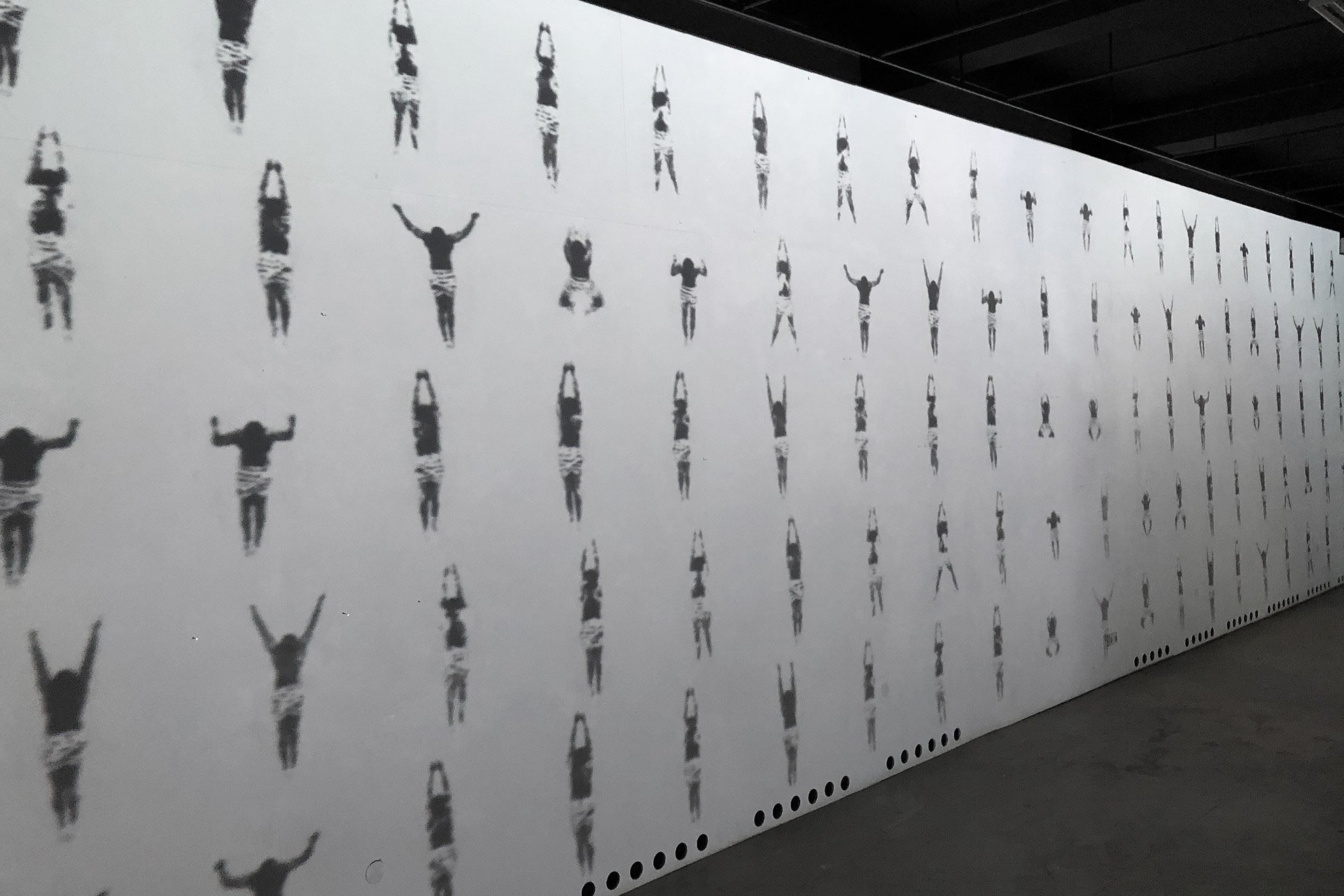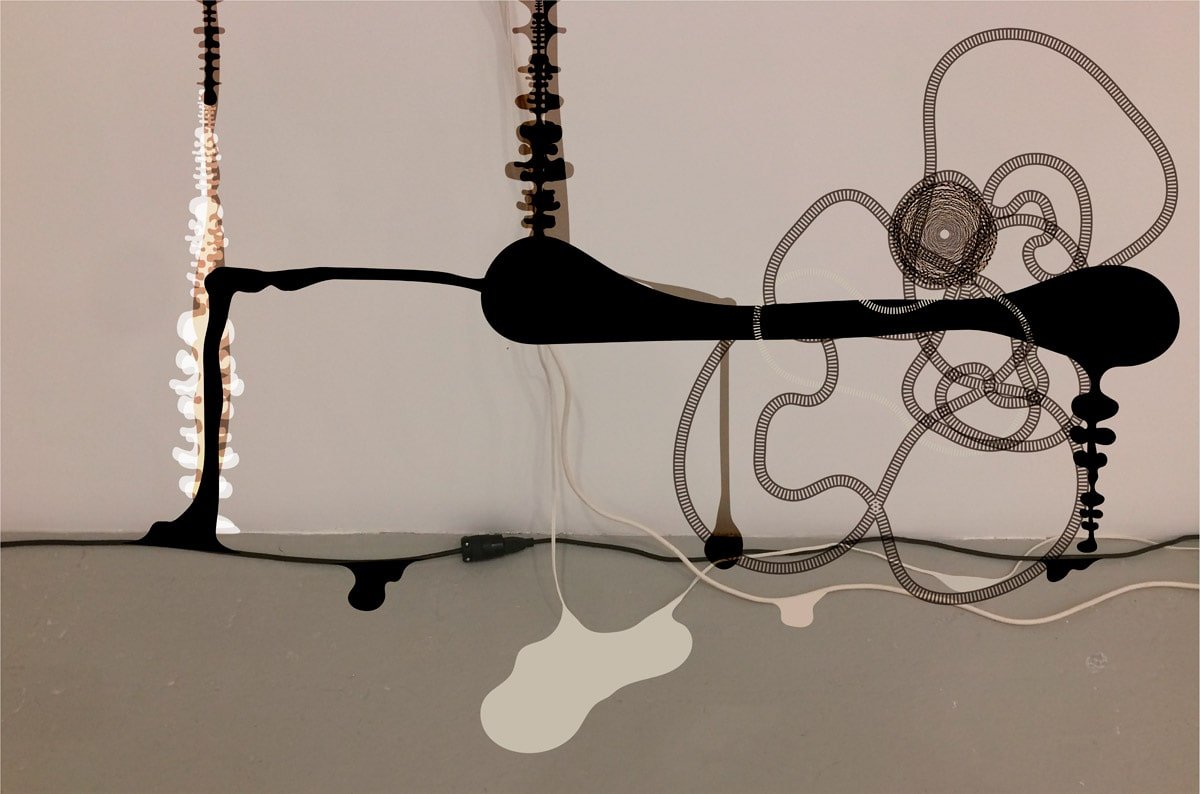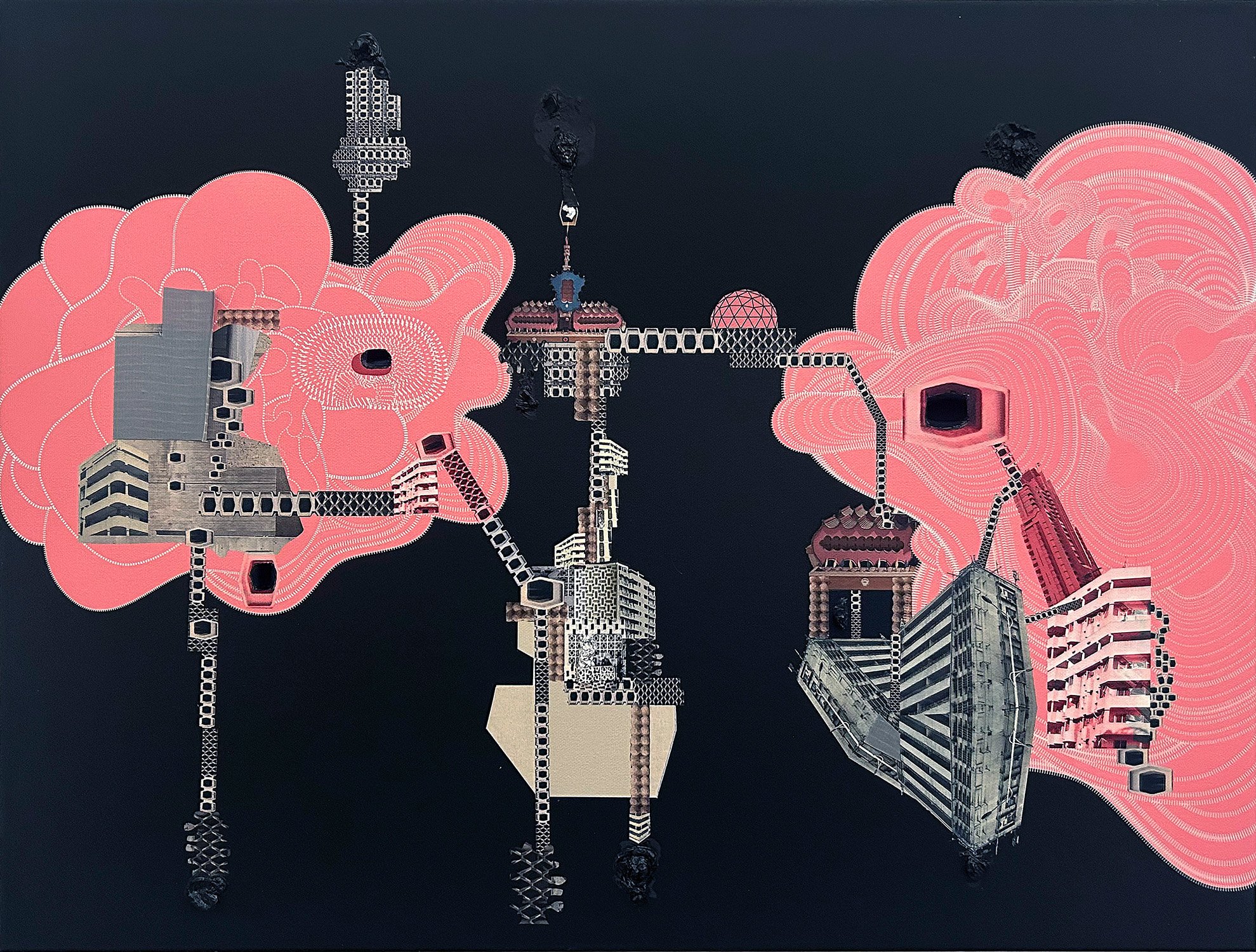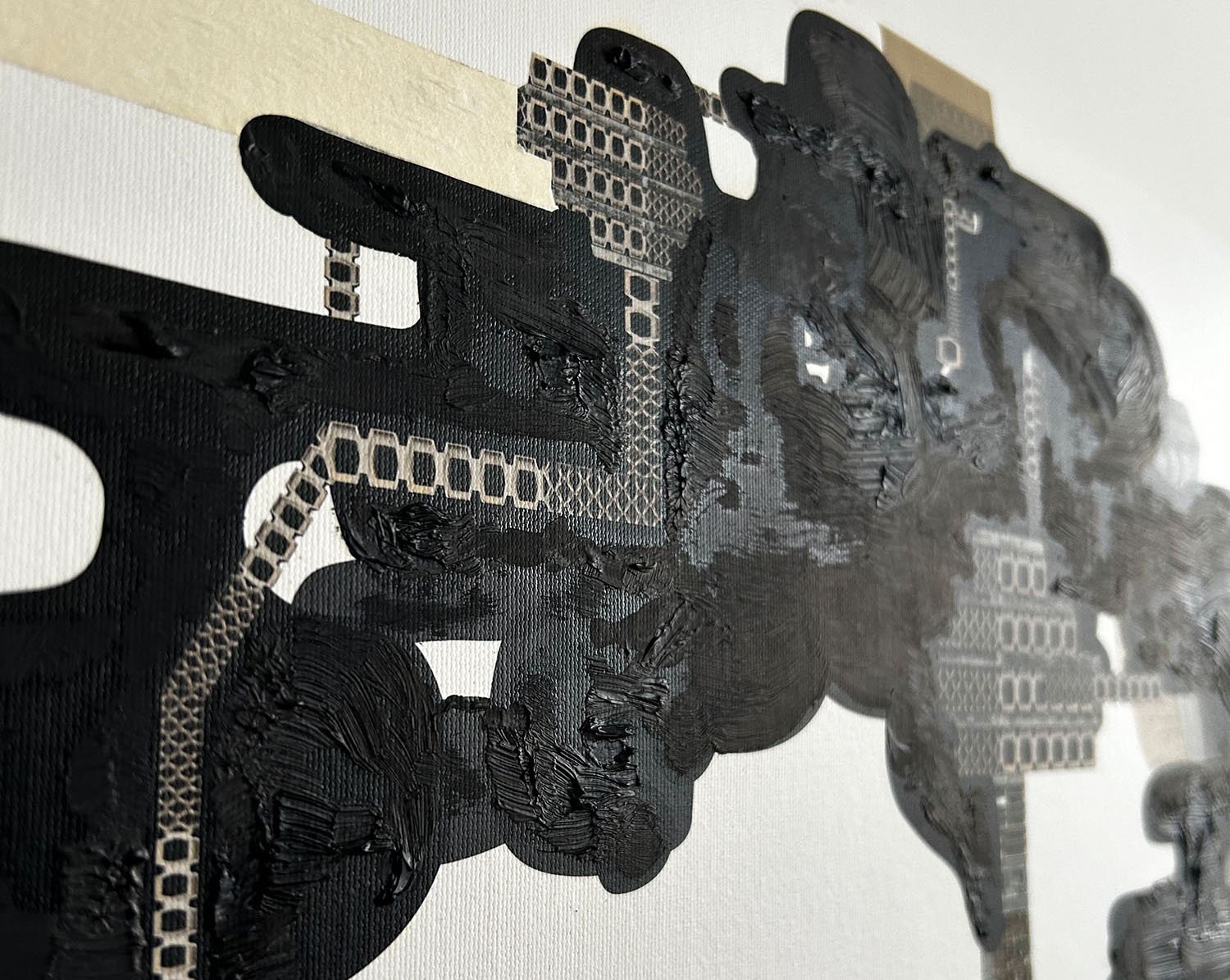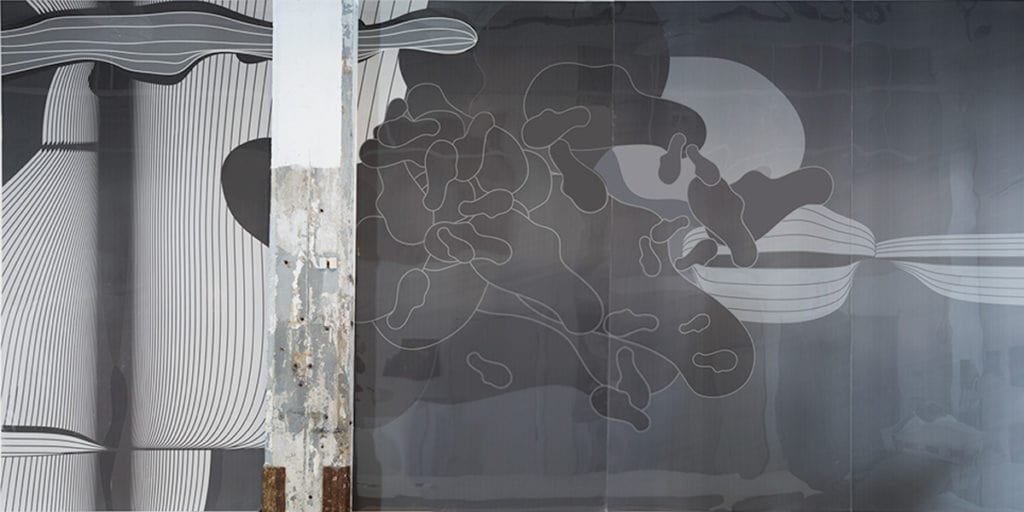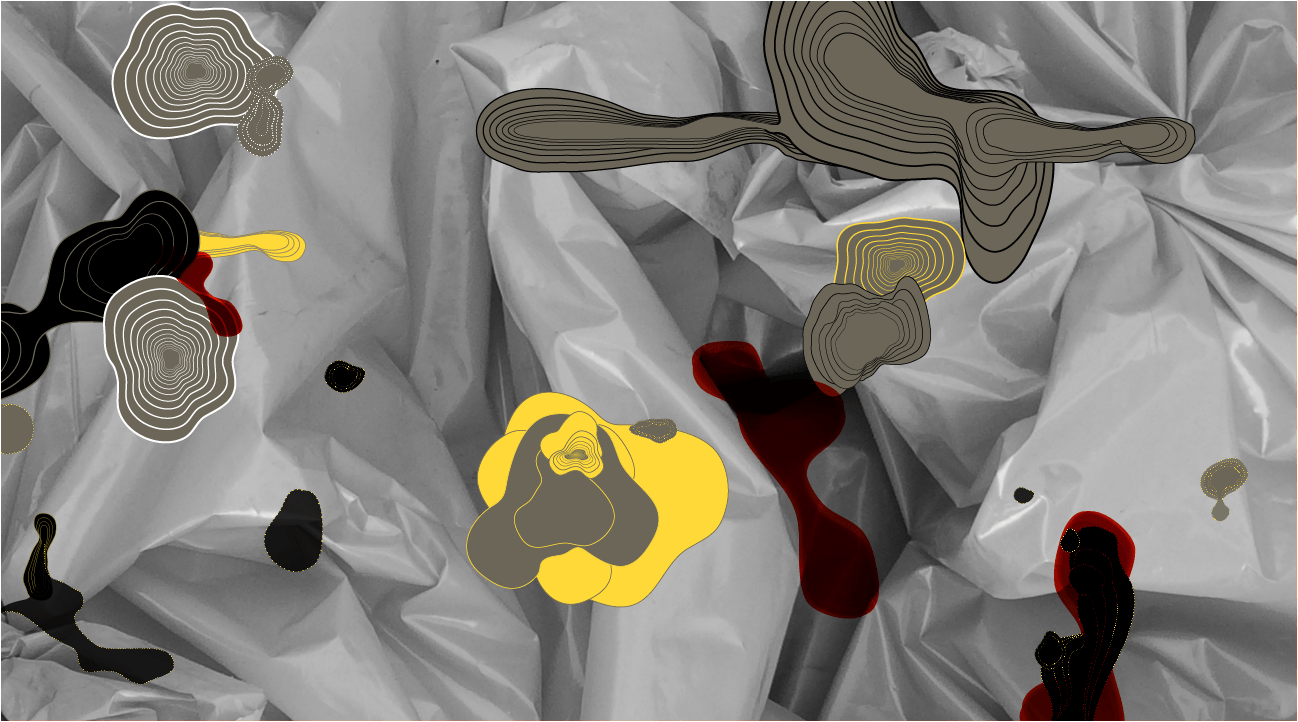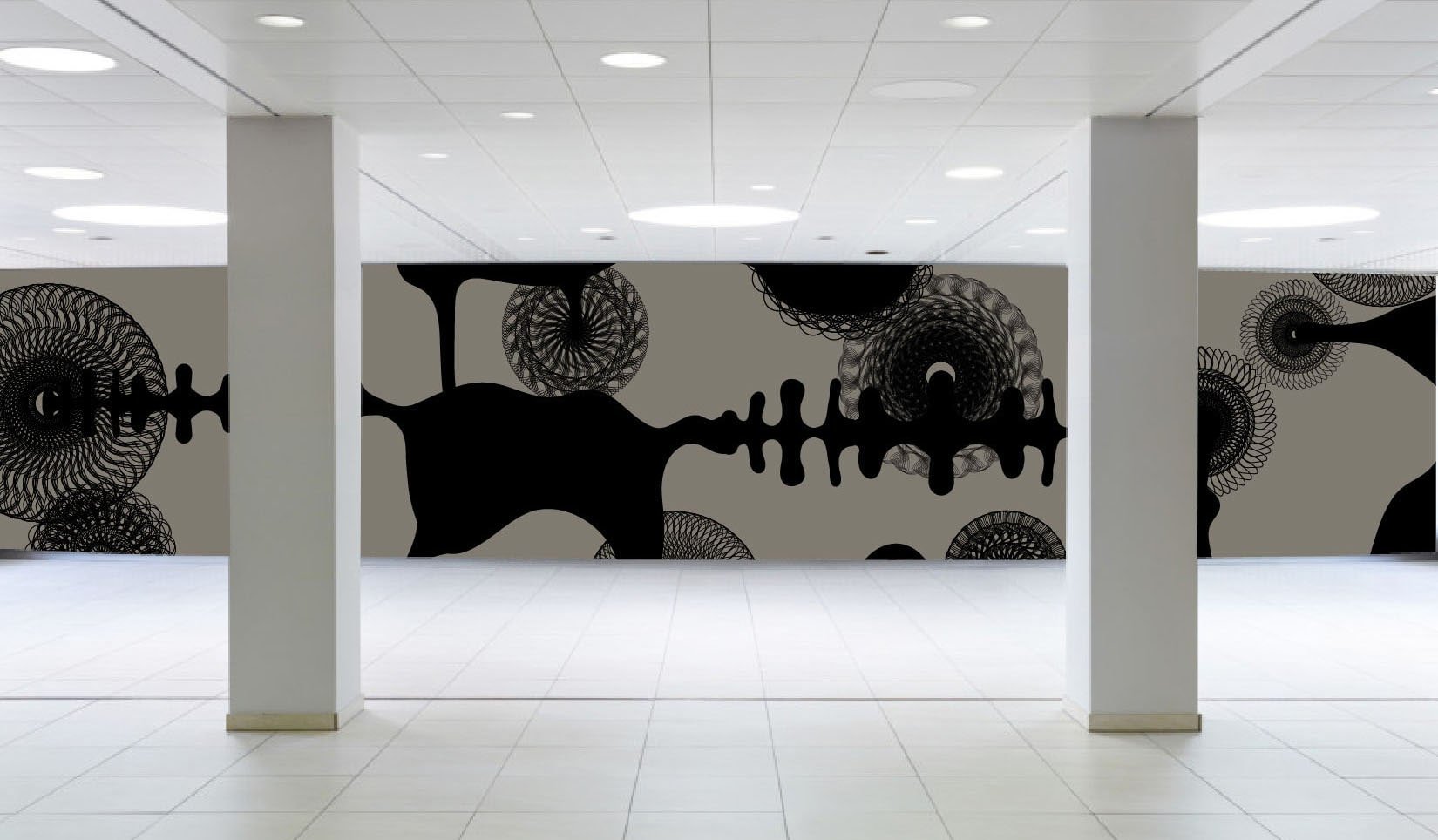About
Henrik Langsdorf is a visual artist and filmmaker who divides his time between New York and Kassel, Germany.
His work ranges from abstract art and collage to time-based media and art in public space.
Rooted in vector-based abstraction and collage, his current practice is informed by extended stays in Kinshasa and Nairobi and primarily deals with colonial history and human marginalization in urban contexts.
His video installation “Rudolf Duala Manga Bell — a German Story” was presented at ruruhaus, a community space run by documenta fifteen in Kassel as part of Blind Spots in the Sun – a series of art interventions that explores the nexus between colonial history and anti-Black racism in Germany. It was also shown at MARKK Museum in Hamburg, Germany and at Doual’Art in Doula, Cameroon and has won a number of awards at international film festivals.
During documenta fifteen, Langsdorf showed two video installations entitled “5 car stud 2.0 / coordinated inauthentic behavior” and “No First Aid/HAPPYLAND” at Galleria Kollektiva and Hugenottenhaus in Kassel, respectively, both in partnership with documenta fifteen.
“Ville Fantôme/Kinshasa La Belle”, a two-channel video installation that explores human resilience in the face of explosive growth in African megacities was shown at the Congo Biennale.
In February 2025, he participated in The Emotional Tapestries of Urban Spaces, a group show about the emotional undercurrents in the built environment, with Sève Favre and Jingyao Huang, at PS122 in New York.
Currently he is working on visuals for a dance performance that deals with the fallout from Africa’s division by European powers in the 19th and early 20th century in the wake of the Berlin Conference of 1884.
Artist statement
My work is driven by a passion for both aesthetic challenges and issues of social and environmental justice.
In my video work I take on issues such as colonialism, racism, and urban decay, while my abstract experimentation employs algorithms on vector drawings to generate amorphous formations on canvas, paper and murals. I also incorporate photos of architecture, people and found materials through collage.
All these endeavors share the common objective of captivating the viewer beyond a cursory glance.
